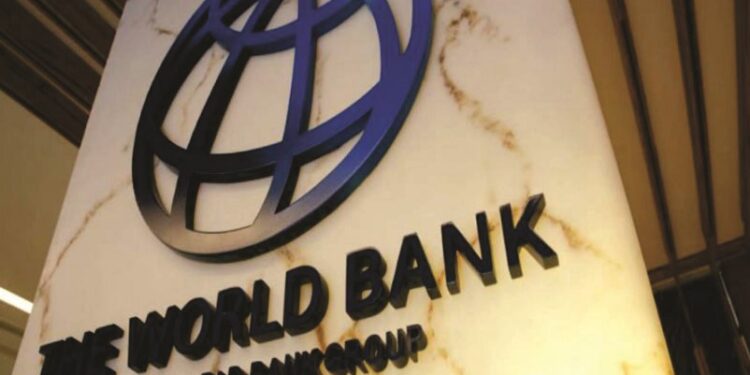World Bank Urges Record Funding for Poorest Nations to Tackle Debt and Climate Crises

In a bid to confront the mounting challenges posed by debt burdens and climate emergencies, the International Development Association (IDA), the World Bank’s fund dedicated to the world’s most impoverished nations, is pushing for an unprecedented surge in financial support.
Dirk Reinermann, the head of resource mobilisation at the World Bank, stressed the critical importance of securing the “most substantial replenishment ever” for the IDA’s financial resources. “This replenishment is essential to ensure the provision of affordable loans and grants to 75 developing countries,” Reinermann emphasised.
The call for increased funding comes in the wake of a report by the Financial Times, indicating a pressing need for bolstered financial assistance. Although Reinermann did not specify a target figure, the IDA managed to amass $23.5 billion from donor countries during the last fundraising round in 2021. Subsequently, through capital market transactions, this amount surged to a remarkable $93 billion.
Analysts foresee a wave of sovereign debt crises and escalating expenses associated with climate change mitigation, necessitating substantial boosts in development funding. However, amidst elections and budget cuts, major donor nations like the US and UK face constraints in allocating funds to organisations such as the IDA.
Charles Kenny, a senior fellow at the Center for Global Development, noted, “Some of its biggest traditional donors have stuff going on that makes it harder for them to cough up larger amounts [for IDA].”
Despite these challenges, the IDA, boasting total assets worth $235 billion, remains a pivotal player in global poverty alleviation efforts. Its ability to leverage capital markets enables it to triple its annual financial inflow, providing concessional or marginal-rate assistance to impoverished countries.
Annalisa Prizzon, a principal research fellow at the Overseas Development Institute, emphasised IDA’s value proposition, stating, “The fund offers good value for money to donor countries, more than other grant-based facilities.”
However, the IDA faces the necessity of approaching richer nations every three years to raise capital, as its assistance programs yield minimal financial returns. Moreover, the recent withdrawal of China, a significant bilateral creditor, has further limited funding sources for IDA recipient countries.
Reinermann highlighted the escalating demand for strategic capital, especially as more nations grapple with economic adversity. “Because of the macroeconomic environment, more countries are in difficult economic situations, meaning that they get IDA funding at concession rates, requiring IDA to deploy more strategic capital,” he explained.
Nevertheless, the surge in funding poses challenges for the IDA, potentially accelerating its approach to the leverage ceiling dictated by its triple-A credit rating. Reinermann noted that the trajectory suggests an earlier reaching of this ceiling than initially anticipated. “When IDA raised donor money in 2021, the zero point for being able to fully leverage our capital at triple-A was in 2034,” he stated.






